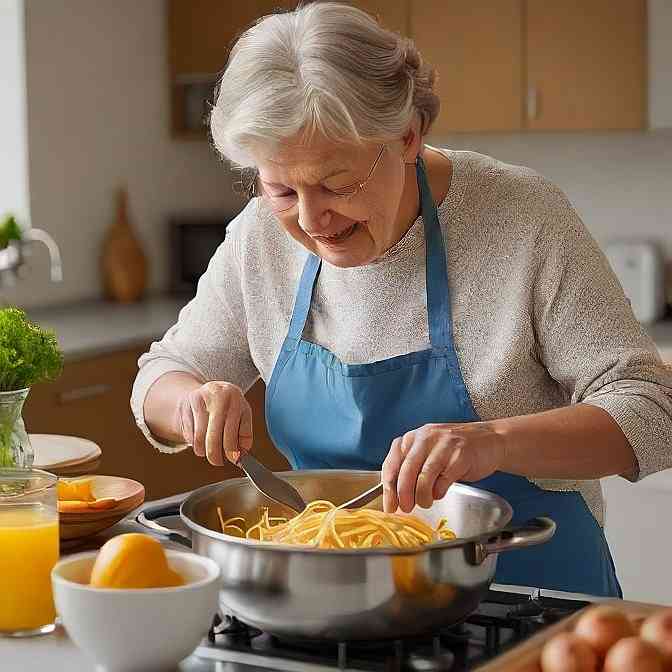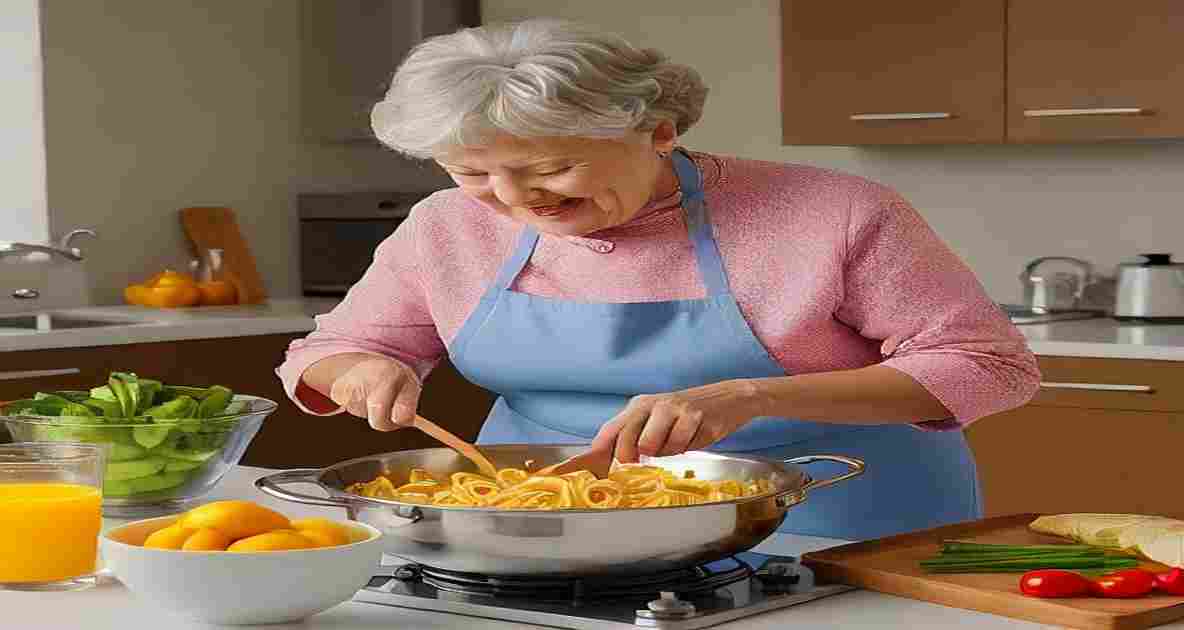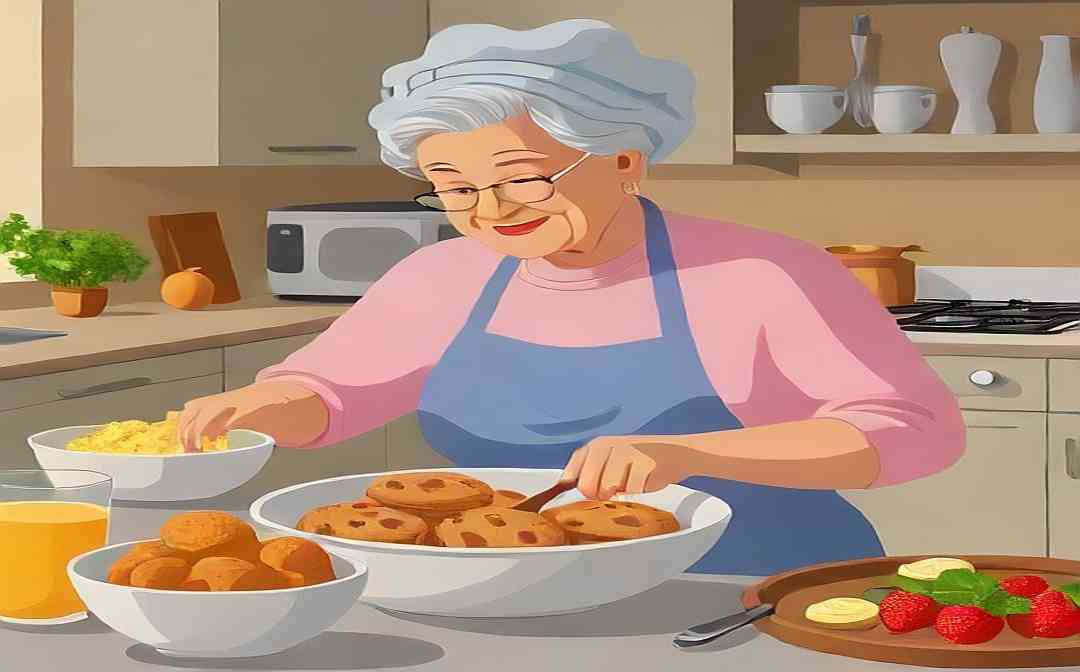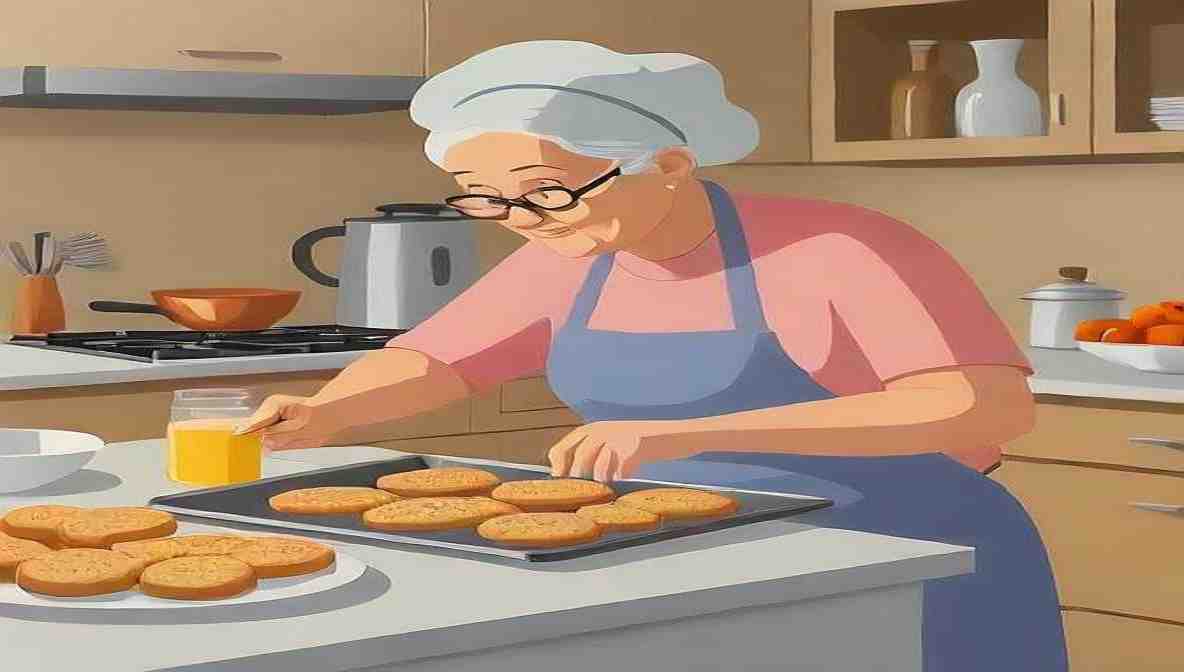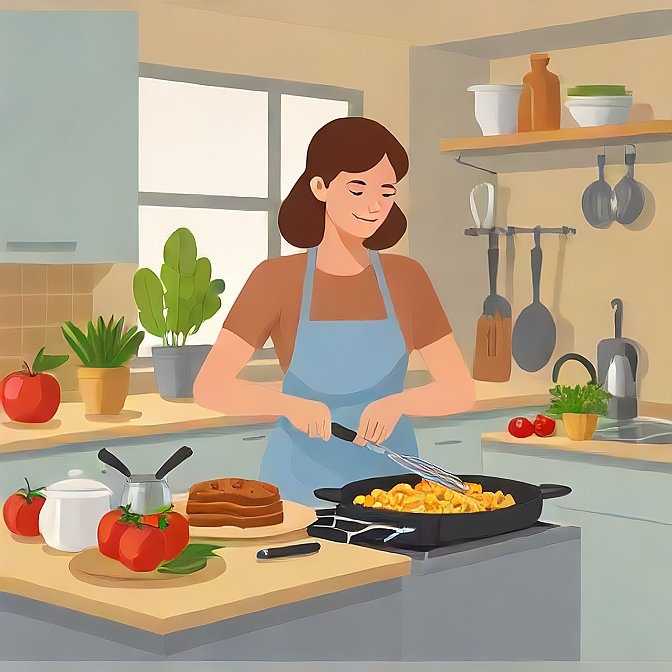Table of Contents
ToggleCooking Activities for Dementia: Engaging the Senses and Strengthening Memory
Engaging individuals with dementia in daily activities is essential for maintaining cognitive function, emotional well-being, and a sense of purpose. Among the most effective and enjoyable activities is cooking. Simple cooking activities for dementia patients not only stimulate memory and motor skills but also offer comfort, familiarity, and the opportunity to bond with loved ones.
In this article, we explore why cooking is beneficial, what types of recipes work best, and safety tips to make the kitchen a dementia-friendly space.
Why Cooking Helps Dementia Patients
Cooking activates multiple parts of the brain—memory, smell, coordination, and sequencing. For individuals with dementia, this multisensory engagement can provide:
- Cognitive stimulation through steps and measurements
- Sensory engagement via textures, smells, and tastes
- Emotional comfort from familiar recipes and aromas
- Improved fine motor skills through stirring, rolling, or kneading
- Social interaction when cooking with caregivers or loved ones
As part of a broader care plan, combining cooking with other stimulating routines like storytelling activities and fine motor skill exercises can further enhance its benefits.
Best Cooking Activities for Dementia Patients
Not all kitchen tasks are suitable for someone with cognitive decline. The key is to choose safe, simple, and sensory-rich tasks. Here are some ideal cooking activities:
1. Baking Cookies or Biscuits: Encourages sensory stimulation through kneading dough and smelling warm spices. Easy to follow with simple measurements
2. Making a Sandwich: Assembling sandwiches offers a step-by-step task with visual cues, Promotes independence and choice
3. Washing Fruits and Vegetables: A great low-risk task that still provides sensory engagement
4. Stirring Batter or Mixing Salad: Builds coordination and provides immediate feedback
5. Decorating Cupcakes or Cookies: Allows creativity and personalization
You can rotate these activities as part of an activity calendar for older people with dementia to provide structure and anticipation.
Safety First: Tips for a Dementia-Friendly Kitchen
While cooking is highly therapeutic, safety should be the top priority. Keep these safety measures in mind:
- Use plastic or non-slip bowls and utensils
- Avoid sharp knives or hot stoves unless closely supervised
- Label items clearly to avoid confusion
- Install stove safety knobs or shut-off timers
- Provide hand-over-hand assistance if needed
For caregivers managing complex conditions, understanding related concerns like oxidative stress and dementia syndromes linked to neurodegeneration can further support a holistic care plan.
Consistency is key. Consider planning a weekly cooking session where the individual can choose the dish. This boosts their sense of control and independence.
Pair cooking with other enriching activities like painting, memory box exercises, or even light physical exercises to keep the daily routine varied and fulfilling.
Final Thoughts
Cooking activities for dementia patients are more than just preparing food—they’re opportunities to spark joy, boost brain function, and strengthen human connection. Even the simplest tasks like stirring, rolling, or decorating can bring a smile and improve the quality of life.
For more supportive guidance on nutrition and mental health, visit our resource on brain-boosting foods and self-care routines for anxiety.
❓ FAQs: Cooking Activities for Dementia
1. Why are cooking activities beneficial for dementia patients?
Cooking helps stimulate memory, enhances fine motor skills, engages the senses, and provides emotional comfort through familiar tasks and aromas.
2. What are safe cooking activities for someone with dementia?
Safe options include stirring batter, washing vegetables, making sandwiches, decorating cookies, and using plastic utensils under supervision.
3. How can caregivers ensure kitchen safety for dementia patients?
Use non-slip utensils, avoid open flames or sharp objects, label ingredients clearly, and provide constant supervision or hand-over-hand guidance.
4. How often should cooking activities be included in dementia care?
Incorporating cooking once or twice a week can offer structure, enjoyment, and routine—especially when paired with a dementia-friendly activity calendar.
5. Can cooking activities slow down cognitive decline?
While they can’t stop progression, cooking activities can help maintain cognitive function longer by engaging the brain in meaningful, multi-sensory tasks.
